I bought my first SLR camera as a teenager back in 1981. I remember visiting the now long-gone Vic Odden’s in London Bridge and coming home with a secondhand Fujica ST605n with its slightly unsual standard lens, a Fujinon 55mm f2.2. Alongside a copy of the 35mm Photographer’s Handbook and lots of trial and error I learned how to take photographs using the basic manual controls on that solid simple camera.
Over the years I graduated to better film cameras, finally settling on a Nikon FM2n which I stupidly sold for peanuts when film photography was “over”. Like everyone else I jumped into digital, and over time I became a fan of the analogue contols and tactile pleasure of Fujifilm’s retro offerings. I ended up with an X-Pro 2 and an X100F – both lovely cameras, with proper dials on the bodies and aperture rings on the lenses.
But there was something nagging at me. I hated the constant pressure to upgrade every time a new body or lens was released (which I’ve largely resisted, since digital cameras became “good enough”). And as much as it’s great to be able to snap away without worrying about cost, I realised that I’d often end up with so many images that I often never got around to editing them or sometimes even properly looking at them.
Driven by nostalgia I bought a Fujica ST605n from eBay. It was in lovely condition and everything seemed to work properly, but it was left gathering dust on a shelf for a couple of years – just something to look at, and occasional pick up and play with. Eventually I decided it was time to actually put it to use. I took the plunge and replaced the light seals and put some batteries in. I bought a few rolls of black and white film – the usual suspects, HP5 and Tri-X. But I also liked the look of Rollei Retro 400S, and it was this that I chose as the first roll to go in the camera.
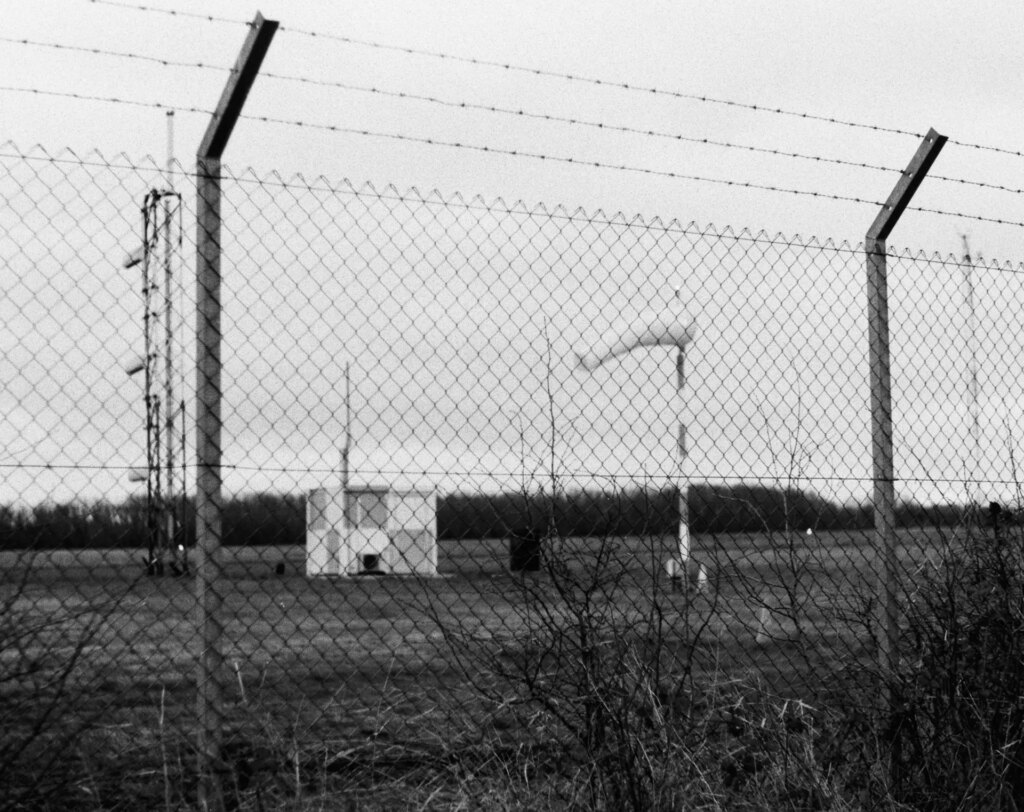
The first trip out reminded how much I’d forgotten, and how lazy I’d become in the digital age. Manually focusing, using stop-down match-needle metering, changing screw mount lenses – everything was slow and clumsy. Every time I took a shot I instinctively glanced at the back of the film door looking for a preview image. And every time I pressed the shutter I discovered that I’d forgotten to wind on the film.
Gradually the lazy habits faded and the old techniques came back. I enjoyed slowing down and being more physically involved in the process. I liked the fact that I only had 36 frames, and each one was costing money, so I had to think carefully before taking a picture.
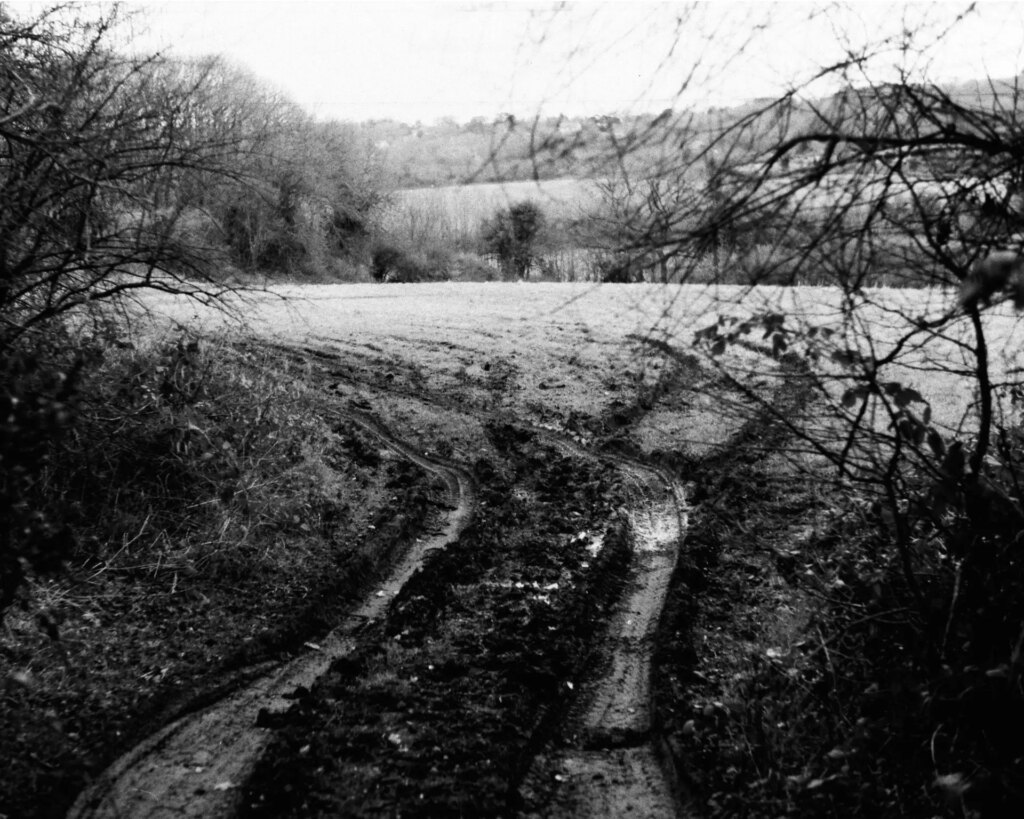
A walk around Biggin Hill airport on the edge of London suburbia was a great place to test out the camera for the first time, with its slightly sinister atmosphere of mystery and secrecy. An abandoned bus, electricity pylons and tyre tracks across nearby fields all lent themselves to being shot in gritty black and white film.
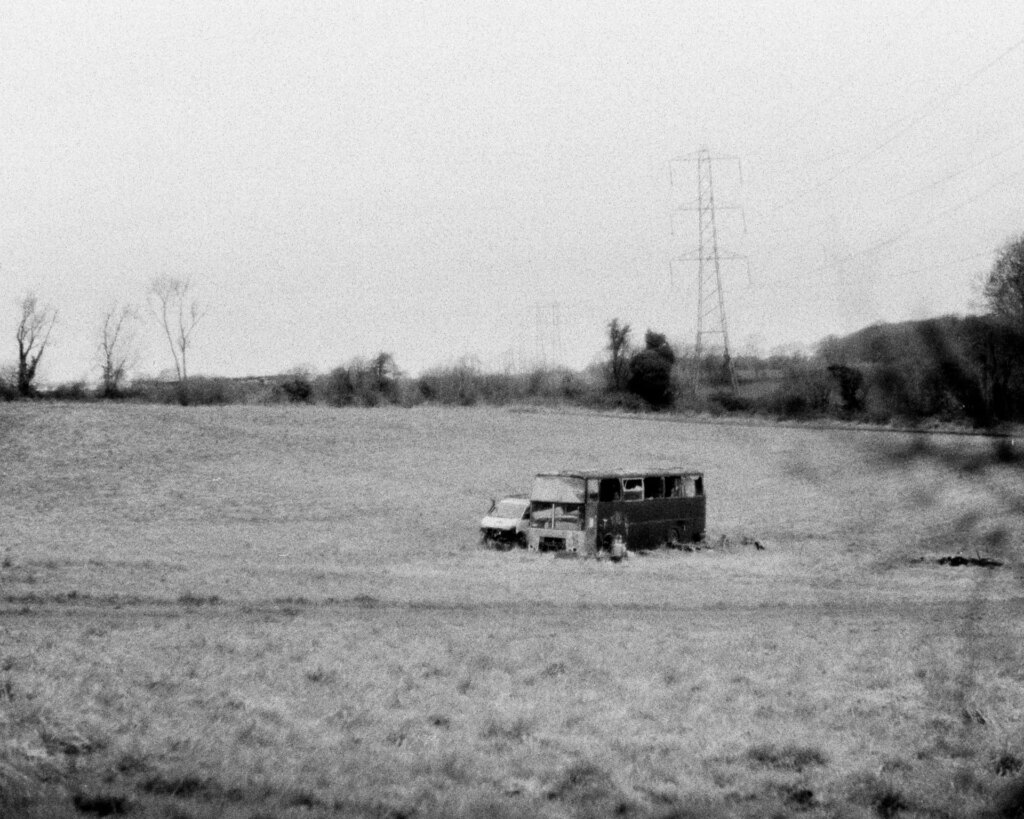
It felt like an age waiting for the film to be developed and scanned, but that lack of instant digital gratification made me appreciate the results all the more. And when the scans popped into my inbox I found that the enforced wait meant that I looked at the photos with fresh eyes.
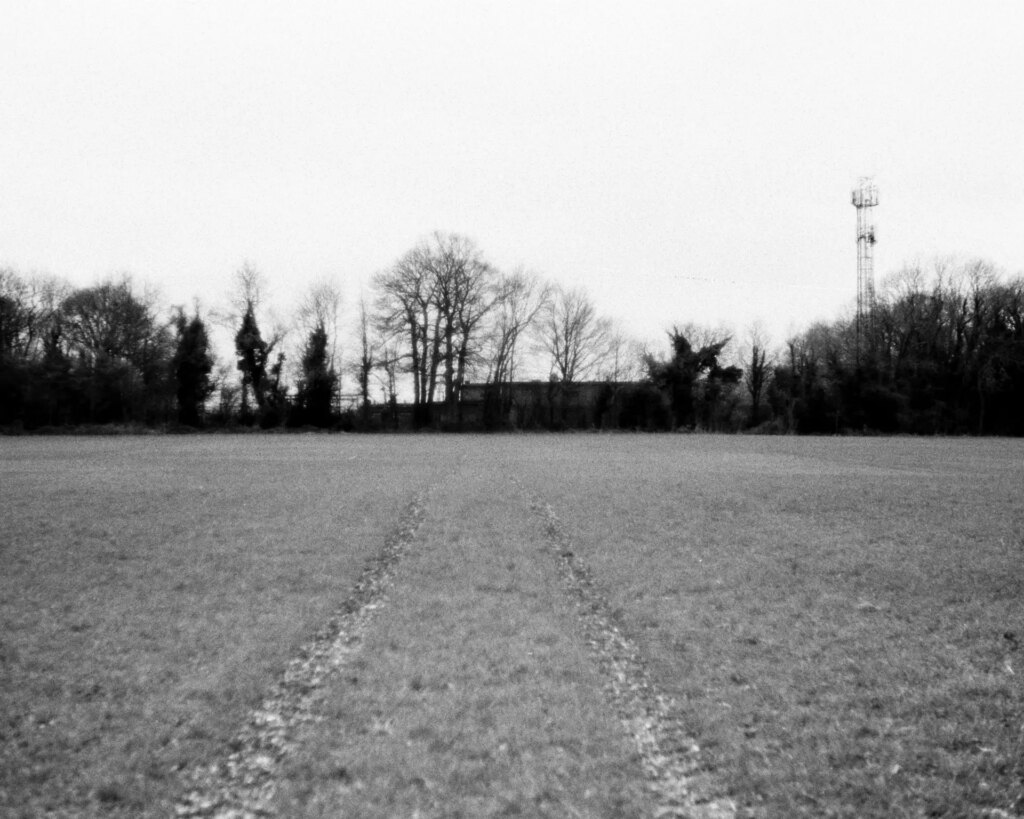
Examining the negatives, several frames were very dark and overexposed, and when scanned this led to lots of grain and an almost infra-red effect in some shots. I loved the look, and it reminded me that using film sometimes leads to happy accidents that would take a lot of effort to reproduce digitally. The frames that were better exposed produced negatives with lots of contrast and plenty of grain. Exactly what I was hoping for.
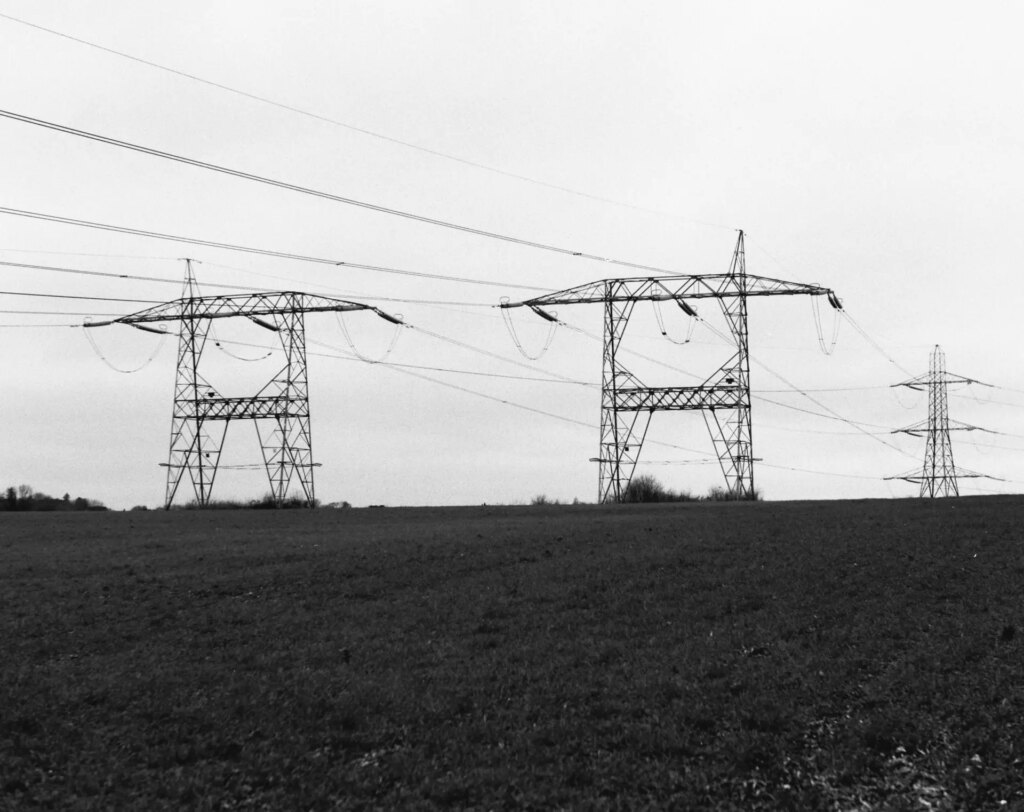
This initial venture back into film kicked off something of an obsession, and resulted in me buying a Pentax MX – the camera I’d always wanted back in the day but could never afford. I’ve rediscovered the joy of home developing, fallen down the rabbit hole of home scanning, and ended up buying a Nikon FM2n from Japan (for considerably more than I sold my original one for for 15 years ago!) But that’s another story for another 5 Frames…
Thanks for reading – you can find me on Instagram here and my website’s here.
Share this post:
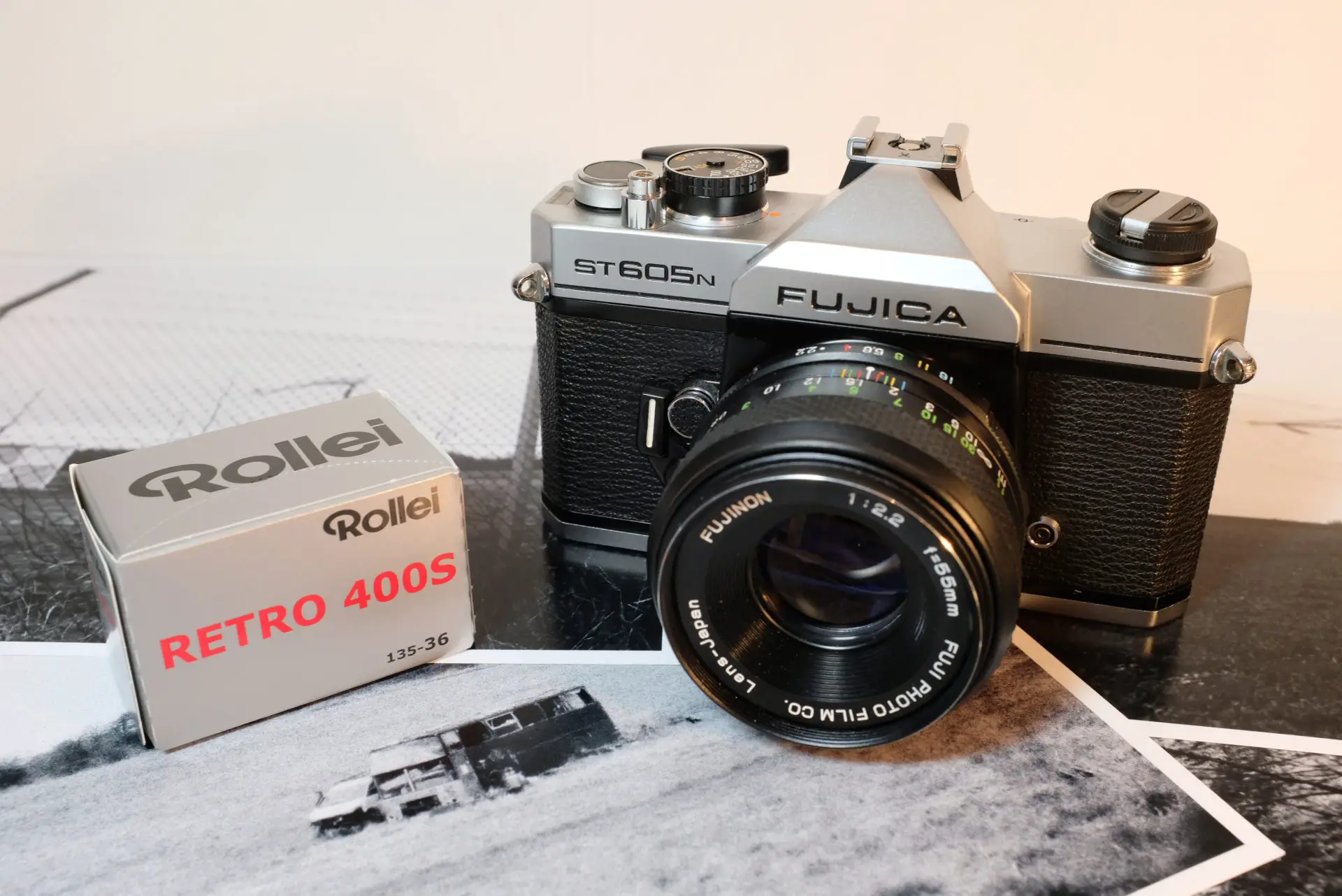
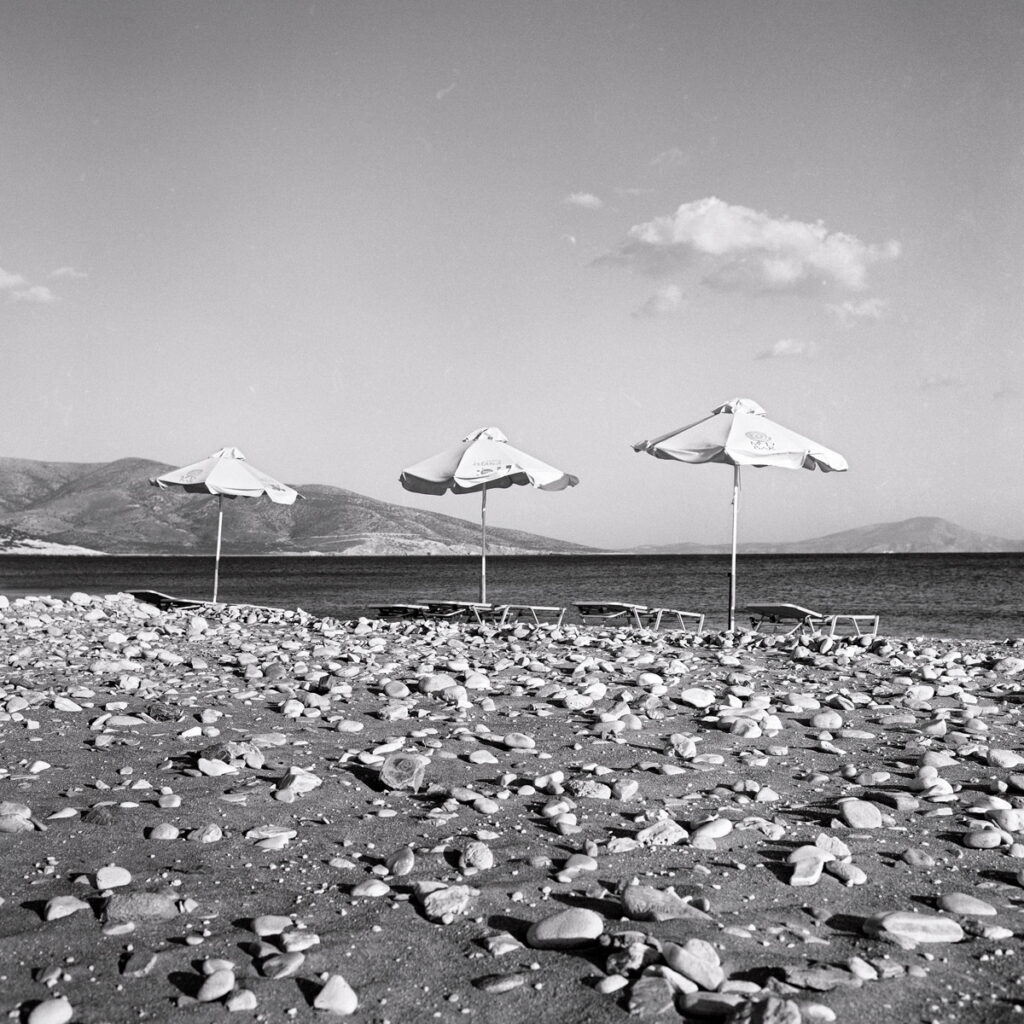
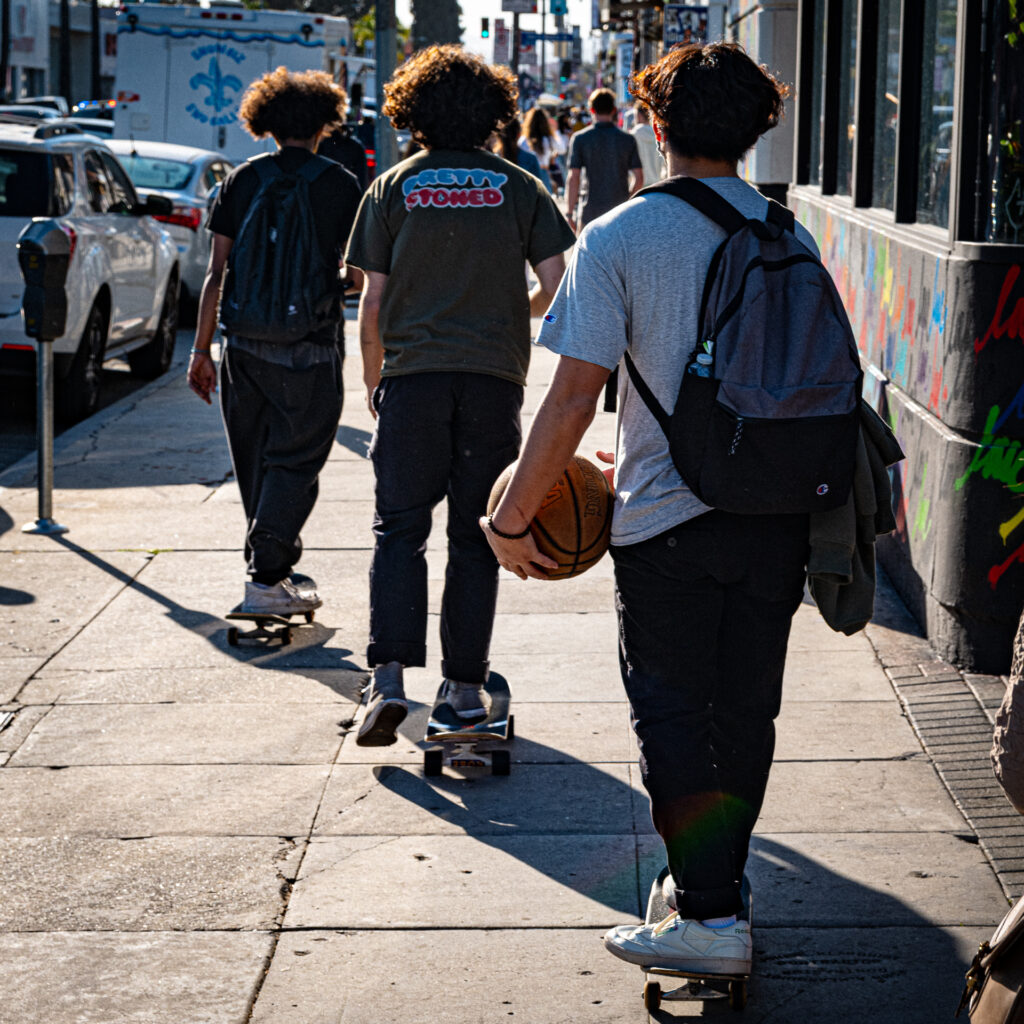
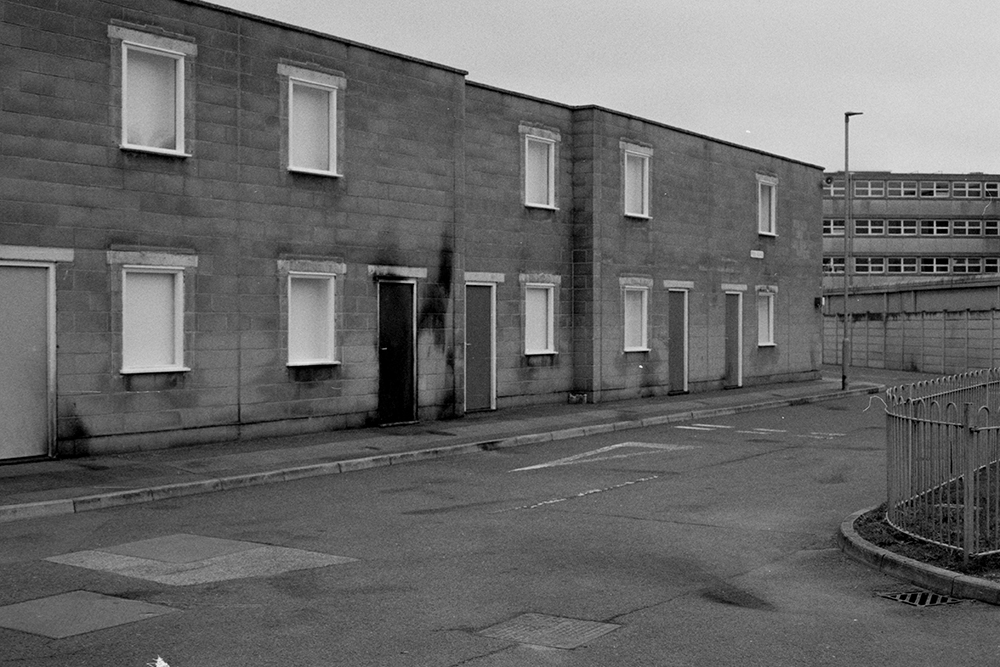
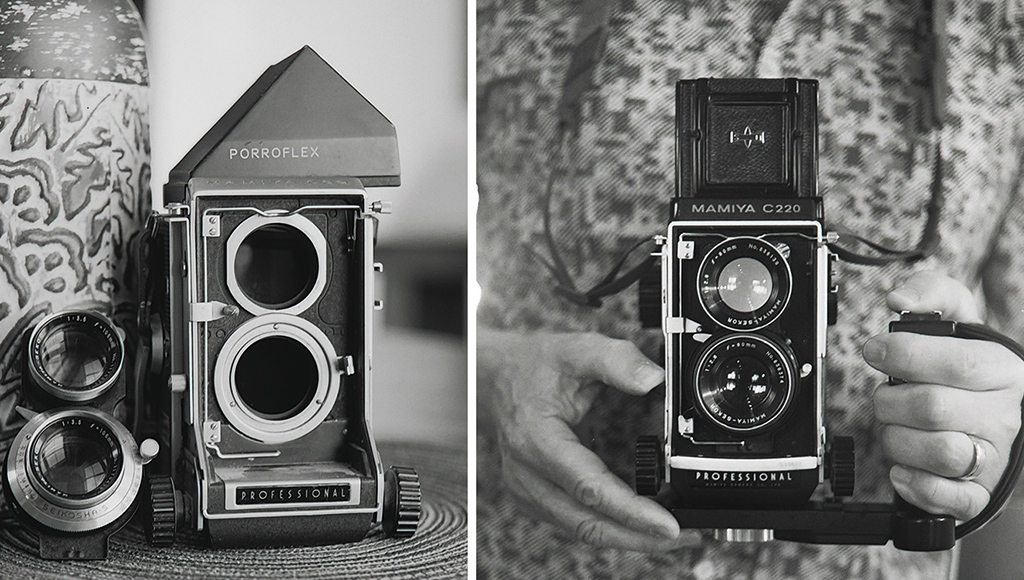




Comments
Gus on 5 Frames with a Fujica ST605n and Rollei Retro 400s
Comment posted: 25/04/2023
I kept going back to the photo of the muddy tire tracks. I'm try to learn how to use depth-of-field in environmental/landscape photos, I think it's a great example. Thanks!
Comment posted: 25/04/2023
Ibraar Hussain on 5 Frames with a Fujica ST605n and Rollei Retro 400s
Comment posted: 25/04/2023
I must admit, it is a pleasure shooting film and the whole process involved. I daren't press the shutter and make the exposure unless 100% sure!
Comment posted: 25/04/2023
Dan Smouse on 5 Frames with a Fujica ST605n and Rollei Retro 400s
Comment posted: 26/04/2023
Comment posted: 26/04/2023
Dogman on 5 Frames with a Fujica ST605n and Rollei Retro 400s
Comment posted: 26/04/2023
Enjoyed the article. Still kinda smiling.
Comment posted: 26/04/2023
Castelli Daniel on 5 Frames with a Fujica ST605n and Rollei Retro 400s
Comment posted: 26/04/2023
I’ve seen the Rollei film offered through FreeStyle photo. After looking at your results, I’ve ordered a couple of rolls. I like the look of your landscapes. Well done. I’d almost call the film a good ‘atmospheric’ stock. Thanks for posting.
Comment posted: 26/04/2023